The North Carolina Department of Agriculture issued a warning about baby copperheads The little snakes can be hard to spot Find out the difference between a baby copperhead and a black rate snake There is a good chance that the snake in question could be another variety, like a corn snake or water snake But if it's a copperhead, you should consider having them removed In August and September, the baby copperheads do arrive, but they often move on if there isn't a good food source The copperhead is the most common venomous snake found in the Carolinas The cottonmouth is normally found in the eastern part of North Carolina and South Carolina These snakes prefer to live
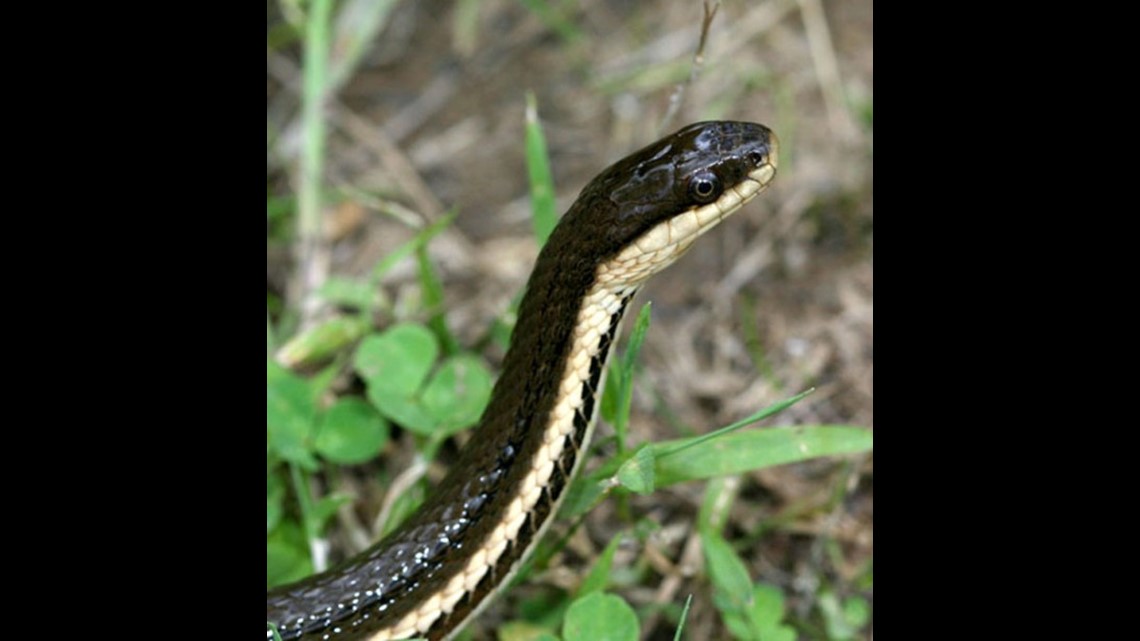
Watch Out For Baby Copperhead Snakes Wfmynews2 Com
Eastern baby copperhead snake nc
Eastern baby copperhead snake nc-新しいコレクション eastern baby copperhead snake nc Expect to start seeing baby Copperhead snakes around the Triangle, WTVD reports Experts said August is hatching time for the venomous snakes, and this year's hotterthannormal temperaturesIt is a member of the subfamily Crotalinae in the family Viperidaeit's generic name isAbout Press Copyright Contact us Creators Advertise Developers Terms Privacy Policy & Safety How works Test new features Press Copyright Contact us Creators
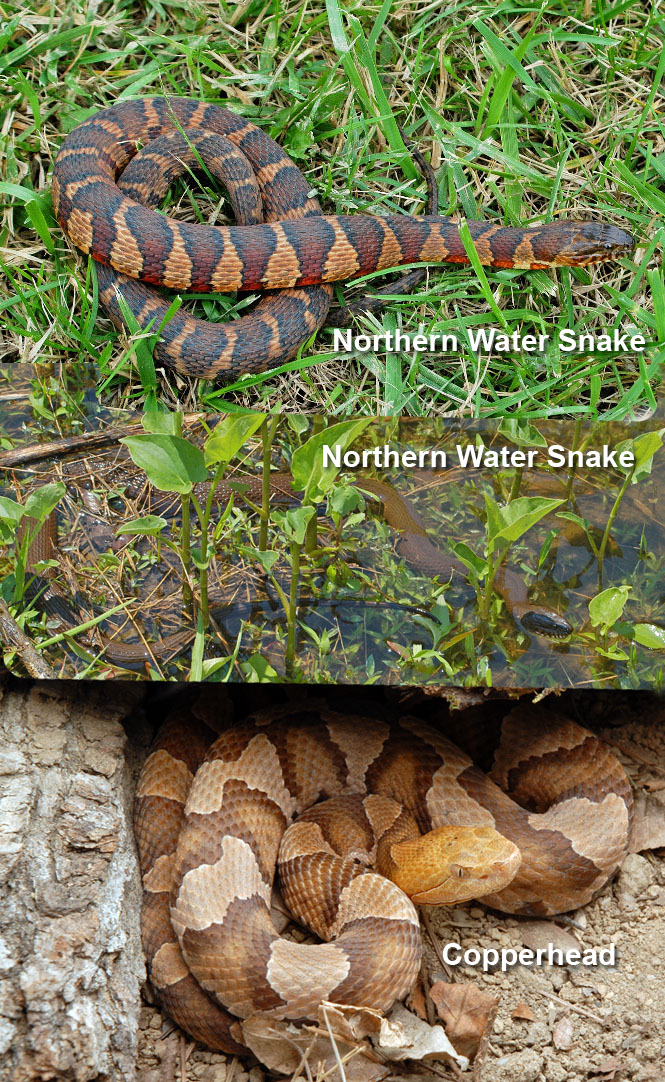



Creature Feature Northern Water Snake Raritan Headwaters
Snakes (Order Squamata suborder Serpentes) lack external ear openings, moveable eyelids, and legs The snakes of North Carolina can be separated into three different families the Colubridae, Elapidae, and Viperidae Most North Carolina snakes are colubrids The Colubridae is the largest family of snakes in the world and its members display a Nearly 400 snake bites have been reported to North Carolina Poison Control as of early July, Spectrum News 1 reported CopperheadAs with the Copperhead, the yellowish tip turns dark with age Prepared by Alvin Braswell 31 July 16 Photos property of NC State Museum of Natural Sciences Reproduction by permission only See the Museum's web site (wwwnaturalsciencesorg) for a free pdf of Venomous Snakes of North Carolina booklet look under
BABY COPPERHEADS Baby copperheads are lighter tan in color and have a pinkishbrown hourglass pattern The darker patterns are skinner at the top and go wide at the side The young copperheadTheir bite is rarely fatal but does require immediate medical attention Copperhead babies are easily recognized by their yellowgreen tails Copperheads live near creeks and rivers, CORN SNAKE Corn snakes have a similar appearance to the copperhead but are much more vibrant in color These snakes will have a checkerboard pattern on their bellies Their name comes from the prey they eat which feeds mainly on corn and other grain EASTERN KING SNAKE Eastern king snakes have a chain link pattern along their bodiesA brave snake decides to emerge from its egg, taking some time to fully unfurl, footage shows Via newsobservercom Summary A group of eastern indigo snakes recently hatched at the North Carolina Zoo The nonvenomous snakes are considered an endangered species and can grow up to 8 feet long, making them the longest snake in North America
The Eastern Brown Snake may be any shade of brown but can also be grey or black Some individuals are banded The belly is typically cream with pink or orange spots Juveniles may be plain or banded and have distinctive head markings consisting of a black blotch on the crown and a dark neck band What do baby copperheads look like in NorthDefinitely a dekay's brown snake, Storeria dekayi not a baby copperhead 3 level 2 SEBPHYLOBOT Natural History Bot 1 year ago Brownsnakes Storeria dekayi are small (0400cm record 5277cm) natricine snakes often found in disturbed habitats like urban and suburban yardsNorthern Copperhead, Agkistrodon contortrix is a venomous pit viper found in Eastern North America Copperhead snakes are common in large parts of the United States Where adult snakes can be found, baby copperhead snakes are almost guaranteed to be around the same parts at their most active time of year You are likely to spot a copperhead baby closer to habitats where



1




More People Get Snake Bites This Year As People Go For Walks Due To Coronavirus Abc11 Raleigh Durham
There are six venomous snakes found in North Carolina the copperhead, the cottonmouth (also called water moccasin), the Eastern diamondback rattlesnake, the timber rattlesnake, the pigmy rattlesnake and the Eastern coral snake The coral snake isSimilar to the copperhead snake, baby cottonmouths utilize their brightly colored tail to attract amphibious prey They wiggle their tails to imitate a worm and when an unsuspecting frog comes in for a bite, the cottonmouth will strike This method of imitation is called 'caudal luring' and is central to a juvenile cottonmouth's survival According to the Carolinas Poison Center, copperhead bites can be "severe," but generally are not as bad as bites from other venomous North Carolina snakes About half of all copperhead bites result in only mild swelling and pain, according to the center Call the Carolinas Poison Center at if you are bitten by a snake
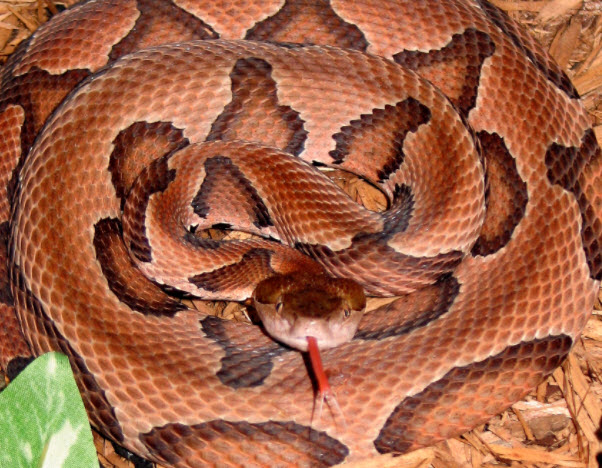



Copperheads Could They Be In Your Yard Triangle Wildlife Removal 919 661 0722 Raleigh Nc
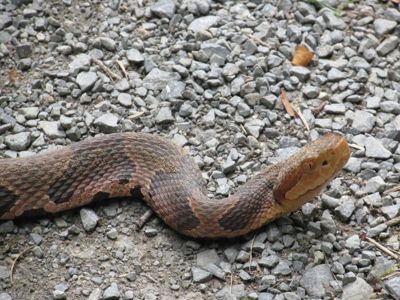



Most Common Snakes In Nc
The copperhead is venomous The copperhead is the most common and widespread venomous snake in North Carolina In many areas, including most of the larger urban regions, it is the only venomous snake Copperheads account for probably over 90Description The copperhead is a pitviper and the most common venomous snake in most parts of North Carolina Copperheads are rather heavybodied and are beautifully marked with dark brown, hourglass shaped crossbands on a light brown or gray background The belly is a mix of white and black markings Baby copperheads look like their parents Copperhead (Agkistrodon contortrix) is a term that refers to any of five different subspecies of venomous snakes found mostly in the southern United StatesThey are most often encountered in states like Missouri, Arkansas, North Carolina, Tennessee, Louisiana, Mississippi, Alabama, Kentucky, West Virginia, Texas, Georgia and more Many people get them confused




Creature Feature Northern Water Snake Raritan Headwaters



How To Identify Venomous Poisonous Snakes In Nc Photos Raleigh News Observer
Another species, the closely related Southern Copperhead, occurs in central and eastern North Carolina along with several other venomous species The northern copperhead is normally a rather short and heavybodied snake, averaging around two to two and one half feet in length, sometimes as much as three feet or longer in large specimensSnakes of North Carolina Black Rat Snake Eastern Kingsnake Scarlet Snake Black Racer Garter Snake Corn Snake Eastern Hognose Snake Rough Green Snake Mole Kingsnake Ribbon Snake B Bockhahn 18 Queen Snake Coachwhip Eastern Milksnake Eastern Pine Snake Copperhead Northern Water Snake Timber Rattlesnake Brown Snake Worm Snake Ringneck Snake Wildlife officials are warning people of baby copperhead snakes being born this time of year A copperhead snake looks up at the Nature Museum in Charlotte, NC, Tuesday, (AP Photo




There Are 37 Species Of Snakes In North Carolina And 6 Are Venomous Poisonous The Copperhead The Cottonmouth Snake Water Moccasin Snake Poisonous Animals




Watch Out For Baby Copperhead Snakes Wfmynews2 Com
There are six poisonous snakes common to North Carolinathe copperhead, cottonmouth, the eastern coral snake, eastern diamondback rattlesnake, pygmy rattlesnake, and the timber rattlesnake Copperhead is a species of venomous snake endemic to Eastern North America Baby Copperhead Coloring Baby copperheads look very similar to adult copperheads Copperheads are so named because their heads are a reddish, coppery color This is one of their most, identifiers Both adult and baby copperheads display this featureA really good picture of this is the one off to the right here This is a young venomous copperhead snake, and a lighter shade than what most people think of when it comes to copper, tan, brown, etc Notice the yellow tail on this one – a clear indication that this is a young copperhead that is less than a year old This picture also shows a pretty good "hour glass" that is really thin
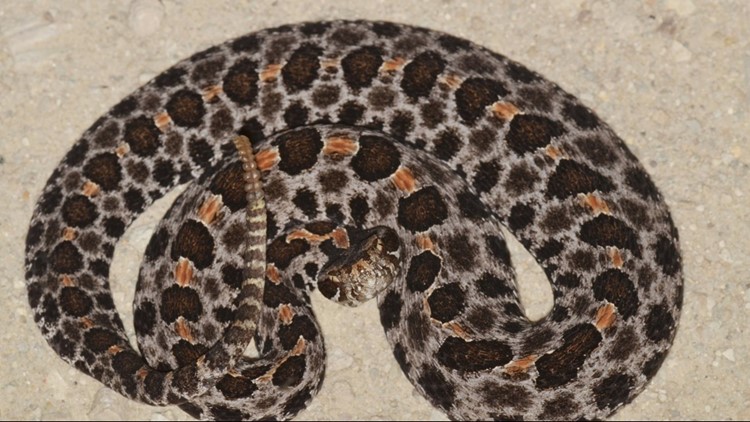



How To Tell If A Snake Is Venomous Wbir Com
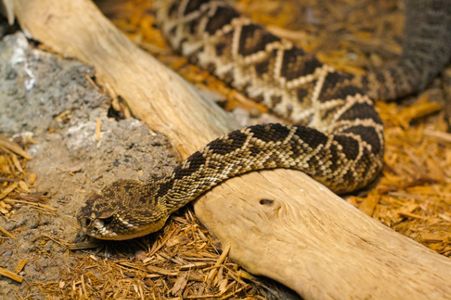



Most Common Snakes In Nc
The North Carolina Cooperative Extension notes that the copperhead accounts for more snake bites in the United States each year than any other US species Copperheads have the mildest venom of all North American venomous snakes, according to The North Carolina Wildlife Commission reported that 90 percent of snakebites in the state come from the copperhead snake Fred Boyce, a herpetologist at the Pine Knoll Shores Aquarium, noted that Brown Snake from herpsofncorg A baby albino corn snake (pantherophis guttatus), showing the red, white, and pink scale colors christopher rex (author) from durham, nc on june 24, 13 Copperhead snakes are the most common venomous snakes in north carolina One of the most cryptic snakes in the southeastern us, the eastern mud snake is a




How To Tell If A Snake Is Venomous Wbir Com



1
RALEIGH (WTVD) Expect to start seeing baby Copperhead snakes around the Triangle Experts said August is hatching time for the venomous snakes, and this year's hotterthannormal temperatures Aug 6—Copperheads, the most prevalent venomous snakes in North Carolina, start making themselves known each year in the spring, just as the weather starts to warm up The seemingly ubiquitousSpotting Venomous Snakes In North Carolina Here's the good news of the approximate 37 species of snakes in North Carolina, only six are venomous These are the Copperhead Cottonmouth Timber Rattlesnake Pigmy Rattlesnake Eastern Diamondback Rattlesnake Eastern Coral



Baby Copperhead Season Has Begun In Carolinas What To Know The State
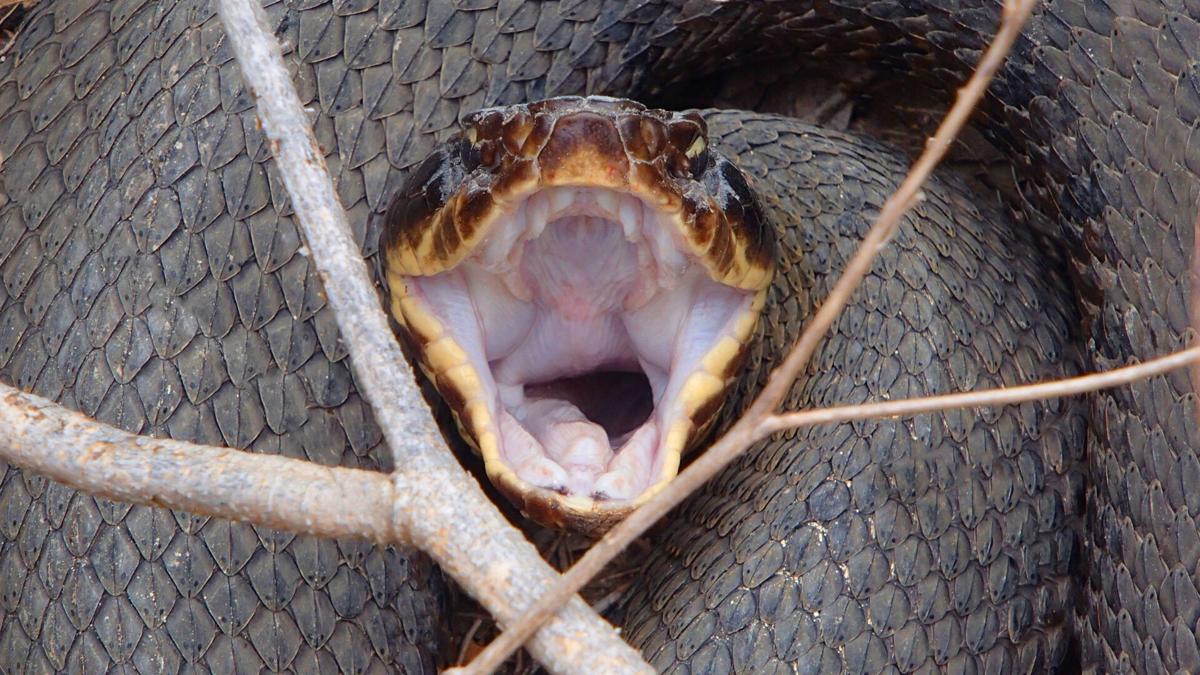



How To Spot And Correctly Identify North Carolina S Six Venomous Snakes State Regional Journalnow Com
The copperhead snake strike is incredibly fast While out herping and snake hunting on a sandy road, I saw a beautiful copperhead baby snake When I set upThe Copperhead Snake (Agkistrodon contortrix) is shorter than both the Coral snake and the Cottonmouth snakeThe Copperhead Snake is the most often encountered snake in Eastern parts of the United States such as Alabama, Missouri and Arkansas Copperhead snakes are responsible for the most venomous snake bites in the USA An eastern garter snake, which is common in the Triangle area of North Carolina Why you shouldn't remove a snake from your backyard They're part of the world, they have home ranges, and most




Vanguardcycles S Blog Pictures Of Baby Copperhead Snakes Showing 1 1 Of 1
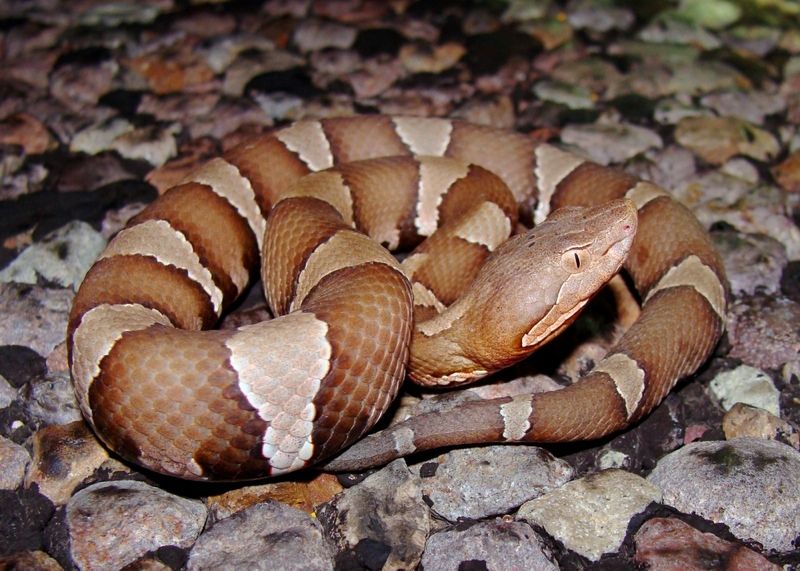



Fact Or Fiction Test Your Knowledge About Snakes Live Science
The Eastern Diamondback Rattlesnake is the largest species of rattlesnake in the world and possibly the most dangerous snake native to the United States, according to NC herpetology officials An Expect to start seeing baby Copperhead snakes around the Triangle, WTVD reports Experts said August is hatching time for the venomous snakes, and this year's hotterthannormal temperaturesAgkistrodon Contortrix Wikipedia Copperhead Snakes Facts Bites Babies Co
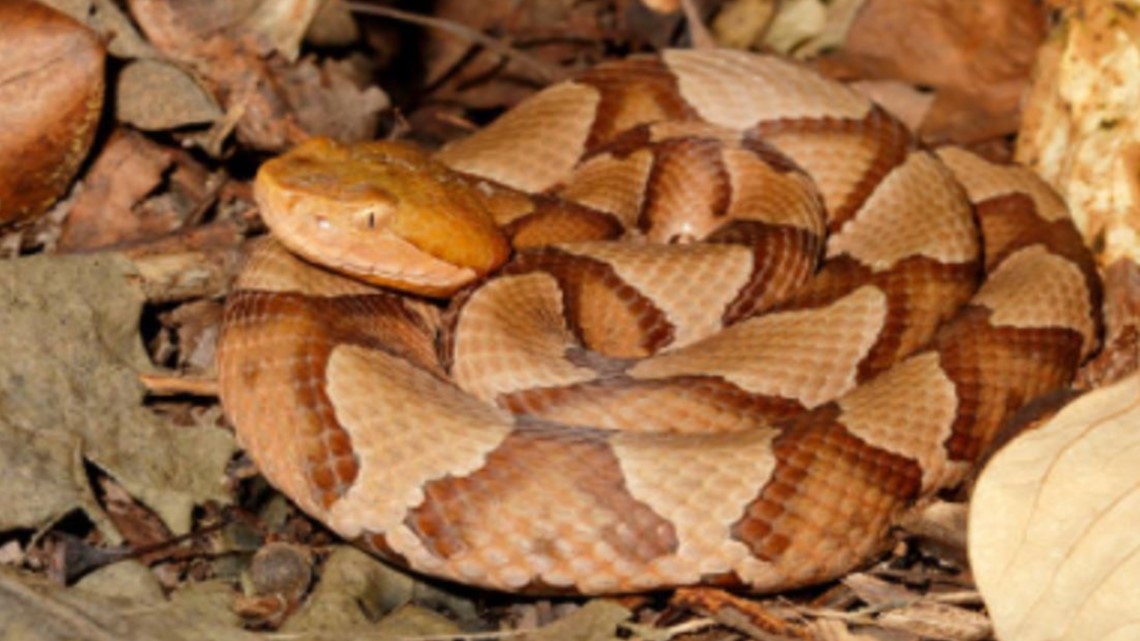



Watch Out For Baby Copperhead Snakes Wfmynews2 Com




Nps Officials Discuss Baby Copperhead Season Wvns
The body of a copperhead is usually a light tan or slightly pink color Sometimes baby copperheads are grayer than adults, but turn the more brownish color as they age Along the back of the snake are dark brown or reddishbrown markings Several other types of snakes have similar coloring, but the copperhead is distinctive because of the It's 'baby copperhead season' — what to know about NC's most common venomous snake New Orleans man gets nearly $30,000 returned to him after it was seized by DEA agents at the airportCopperhead North Carolina Wildlife Profiles The copperhead is the most common and widespread venomous snake in North Carolina Range and Distribution Range Map Copperheads are found statewide Copperhead (Agkistrodon contortrix) History and Status Description The copperhead is familiar, at least by name, to most North Carolinians Deriving
/cloudfront-us-east-1.images.arcpublishing.com/gray/PXNJENQ5FVE3HM4QOYWXKDWNO4.jpg)



Nc Leads Country In Snake Bites




How To Identify The Copperhead Sciencing



Get To Know The Slithery Snakes Of Mecklenburg County




Creeped Out At Home With Snakes In Crozet Crozet Gazette
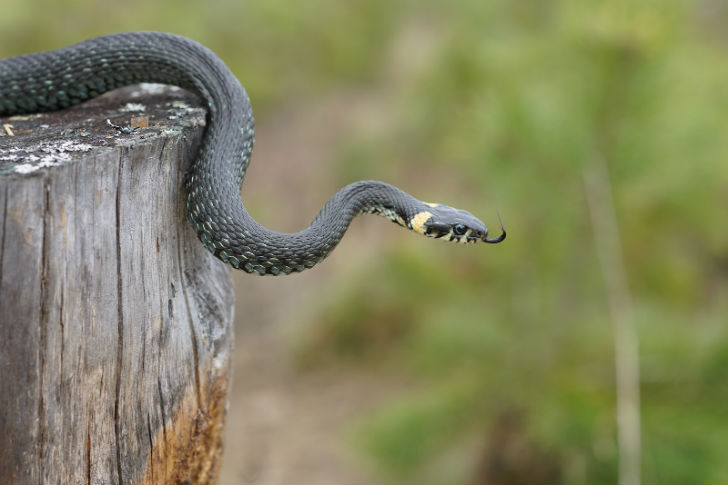



Types Of Snakes In Raleigh Critter Control Of The Triangle




Tiny But Deadly The Baby Copperhead Youtube
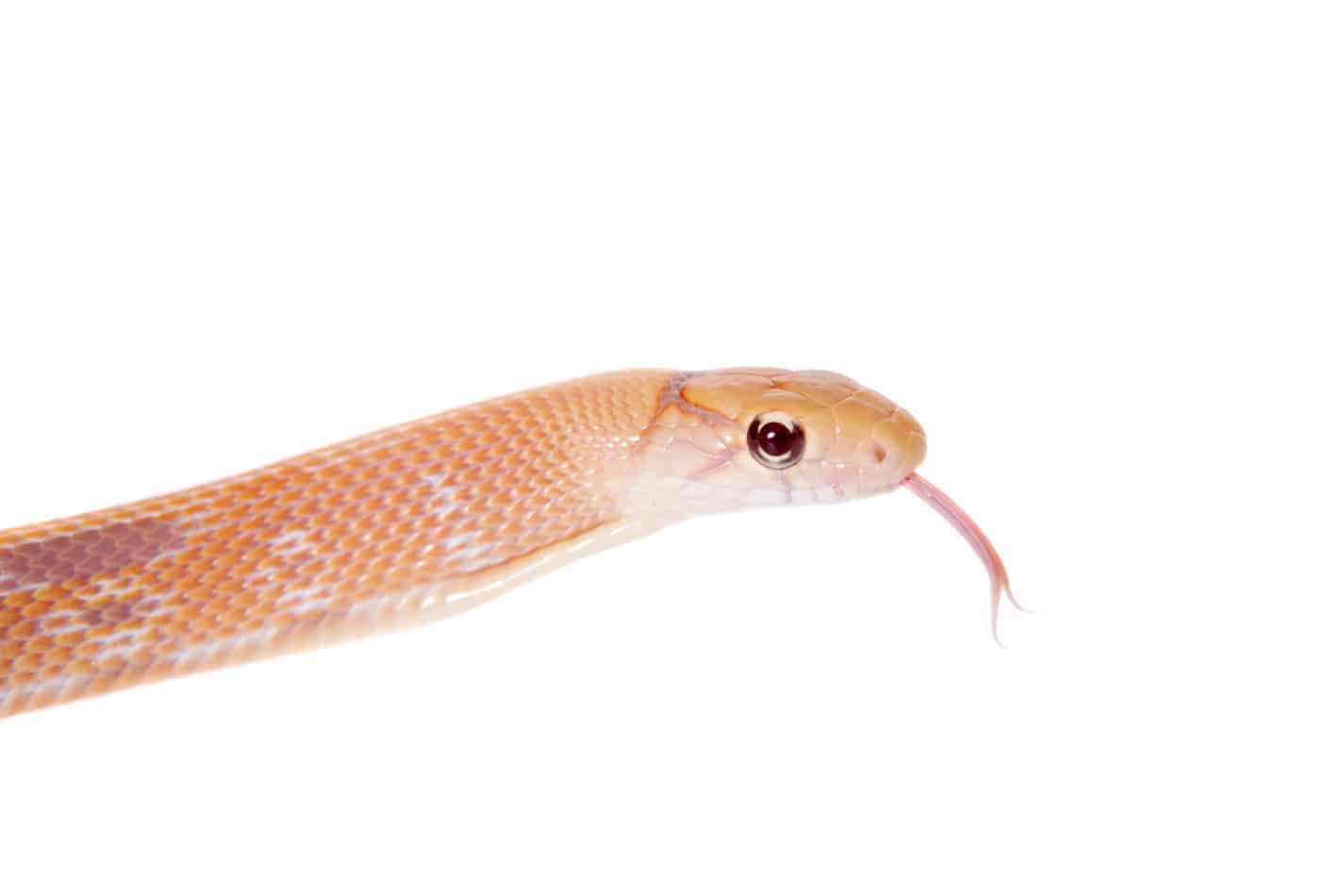



Baby Copperhead Snake Identification Guide Look For These 5 Things Embora Pets




North Carolina Snakes Pictures And Identification Help




Baby Copperhead Snakes Will Emerge Soon In North Carolina Due To Warmer Than Normal Summer Abc11 Raleigh Durham



When Are Baby Copperheads Born And Are They More Dangerous Raleigh News Observer
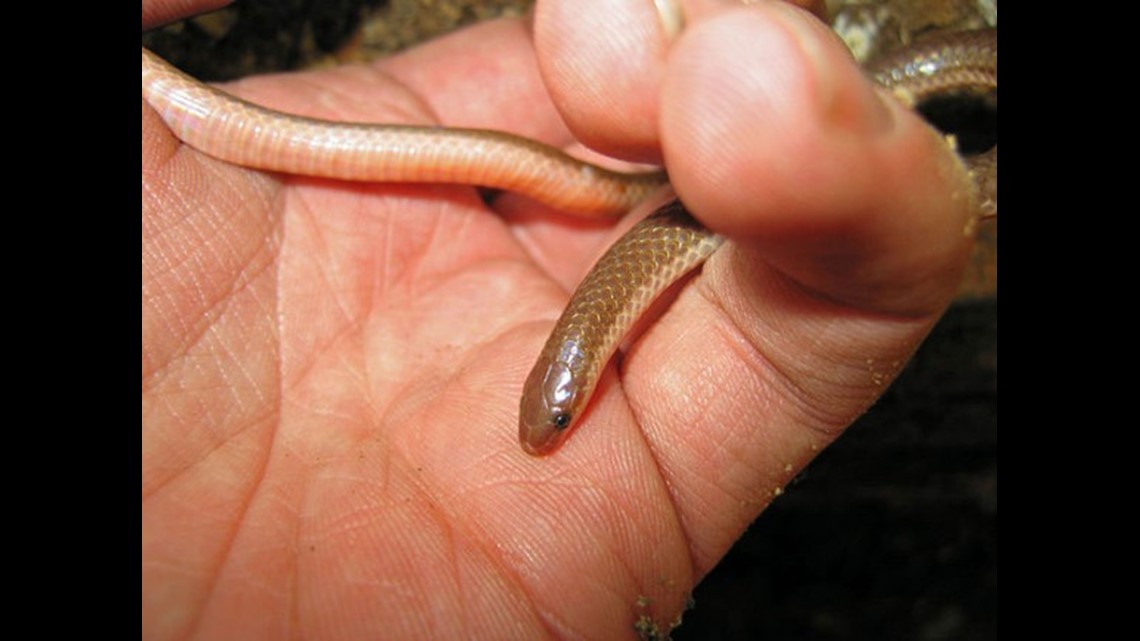



Watch Out For Baby Copperhead Snakes Wfmynews2 Com




How To Identify A Baby Copperhead Snake 21 Pictures




Copperhead Vs Northern Water Snake Nature Watch



Baby
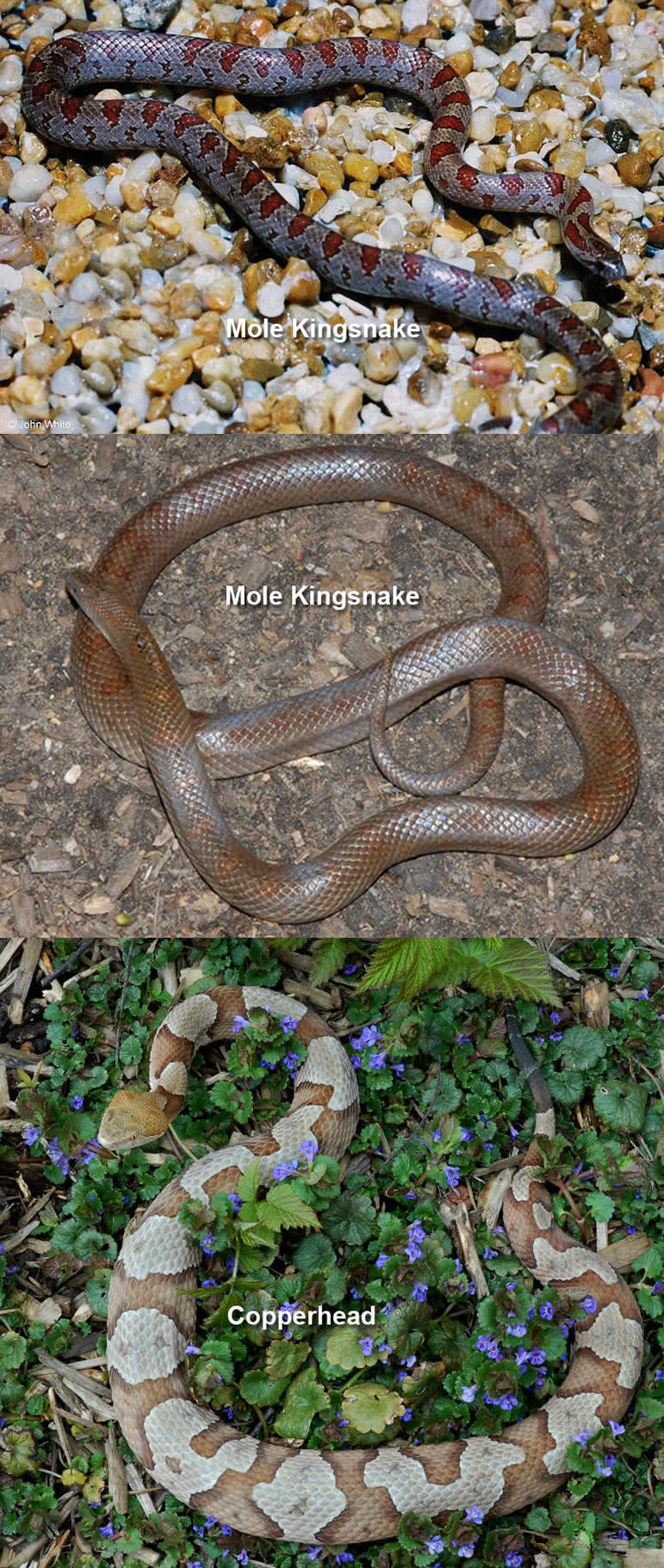



Copperheads And Similar Looking Harmless Species
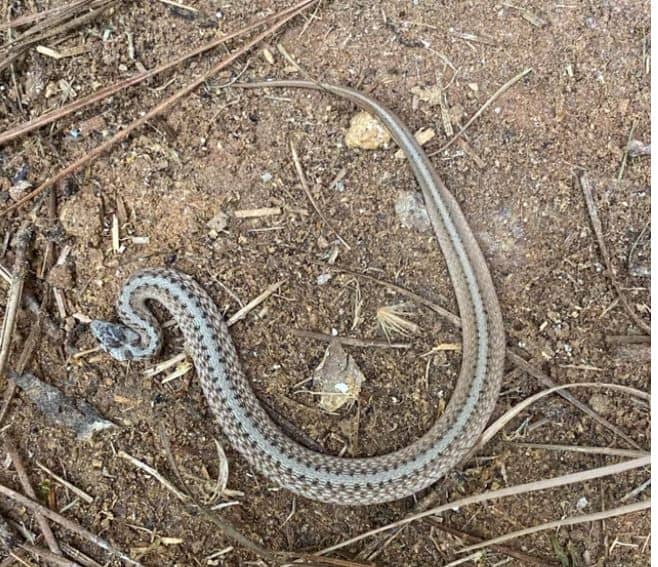



How To Identify A Baby Copperhead Snake 21 Pictures
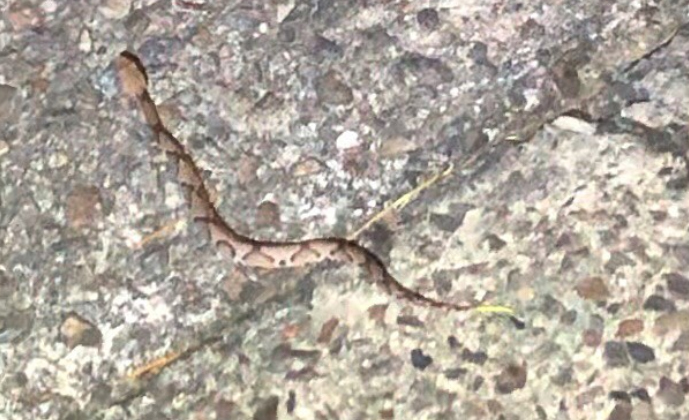



Baby Copperheads Are Now Emerging Here S Why You Should Be On The Alert




Copperhead Snake Bites Signs And Symptoms Abc13 Houston
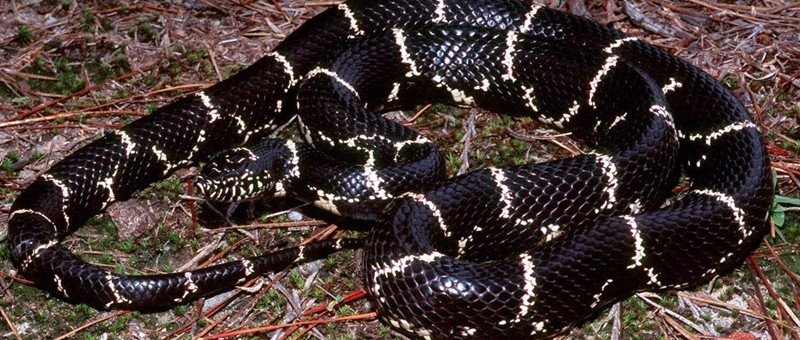



When Is Snake Season In North Carolina Critter Control Of The Triangle
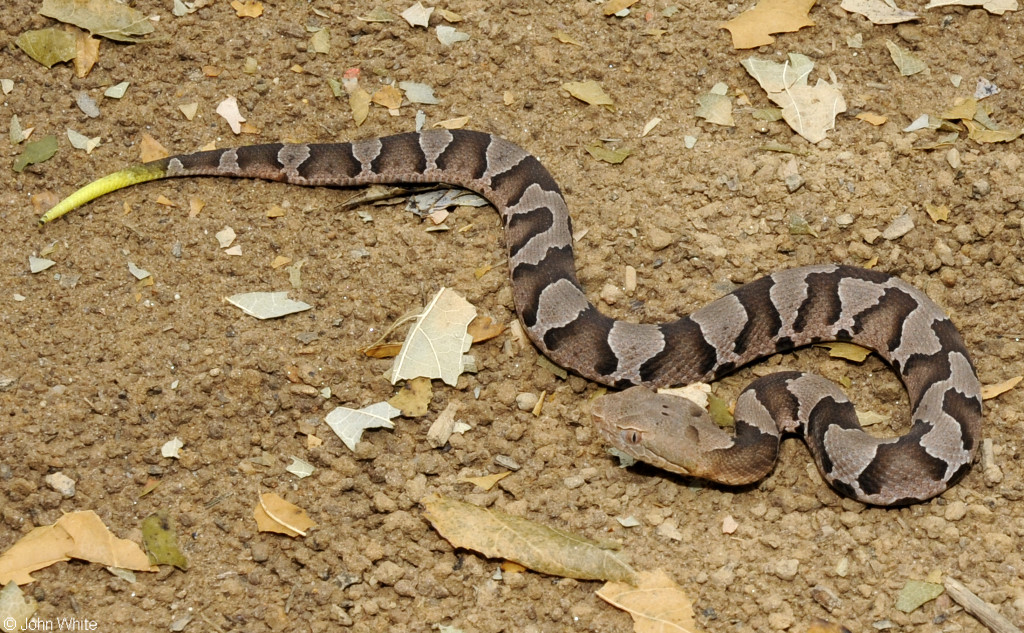



Copperheads And Similar Looking Harmless Species




Snakes




A Snake The Plays Dead You Can Find It In North Carolina Charlotte Observer
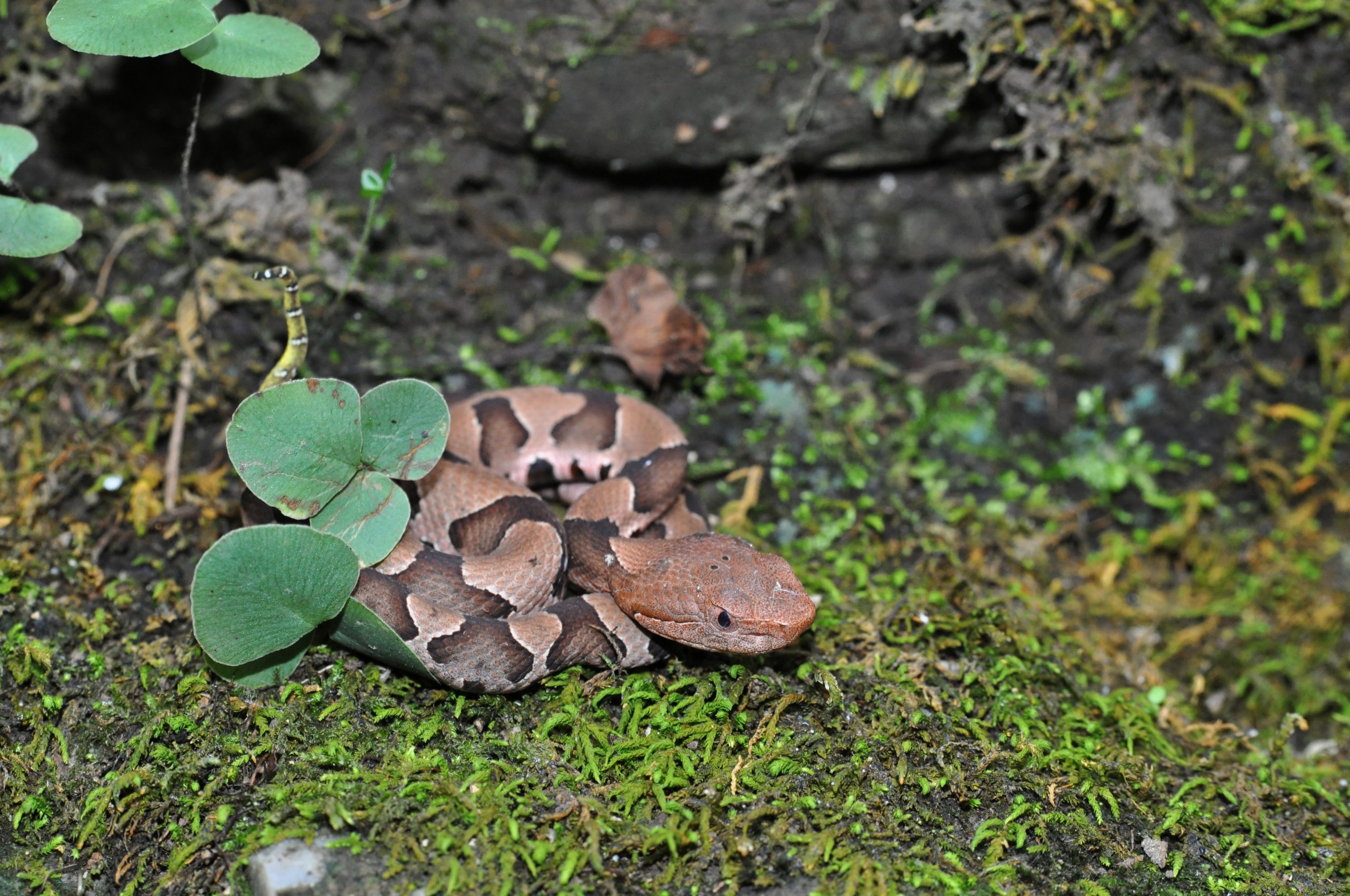



How To Identify A Baby Copperhead Snake 21 Pictures



Copperhead Snake Information Facts
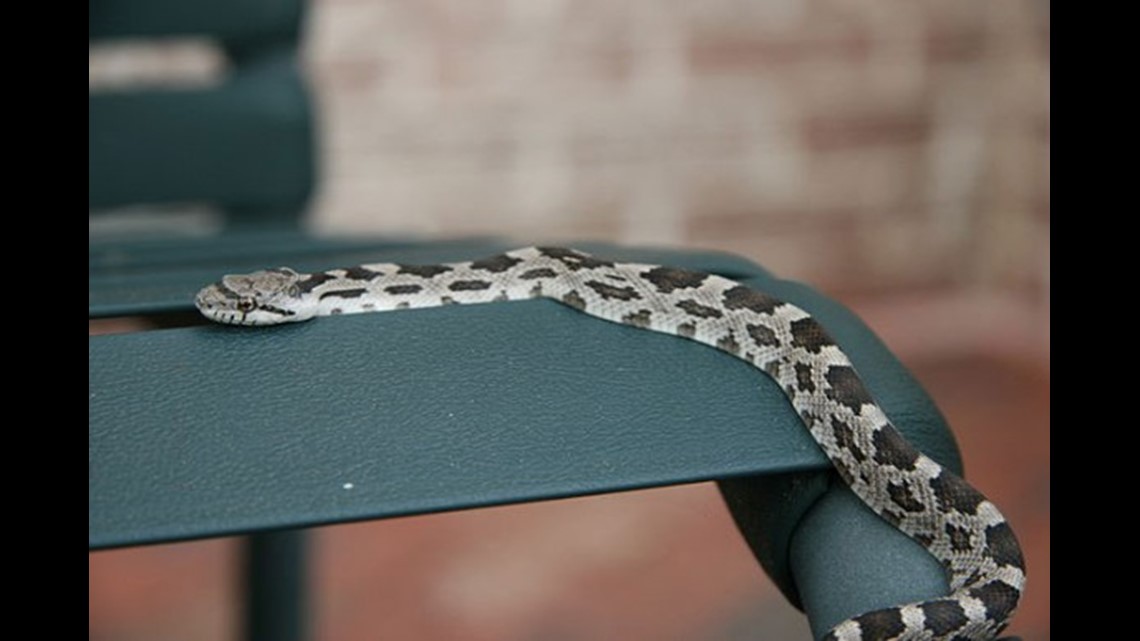



Watch Out For Baby Copperhead Snakes Wfmynews2 Com




The Six Venomous Snakes In North Carolina Abc11 Raleigh Durham




A Snake The Plays Dead You Can Find It In North Carolina Charlotte Observer




How To Identify A Copperhead Snake What You Need To Know
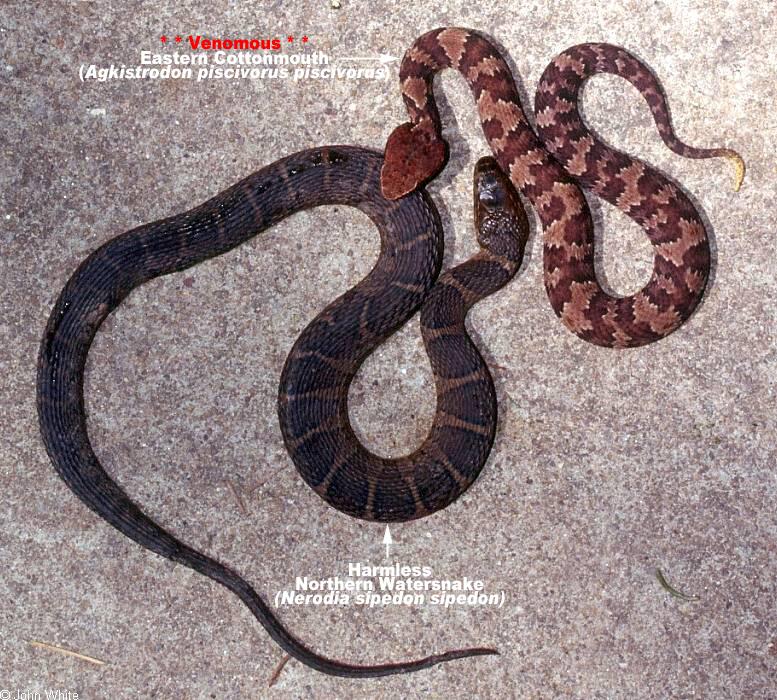



When Is Snake Season In North Carolina Critter Control Of The Triangle




Baby Copperheads How To Identify Them And Get Rid Of Them




Baby Copperheads Will Emerge Earlier In North Carolina Due To Warmer Than Normal Summer Wghp Fox8
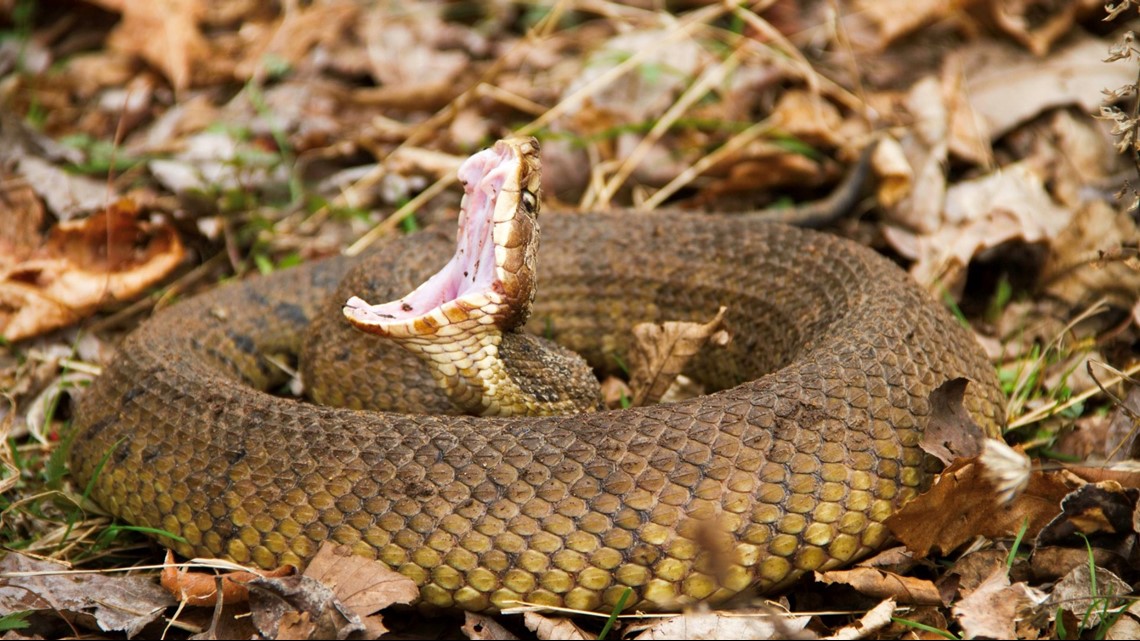



Watch Out For Baby Copperhead Snakes Wfmynews2 Com



See A Snake Don T Panic
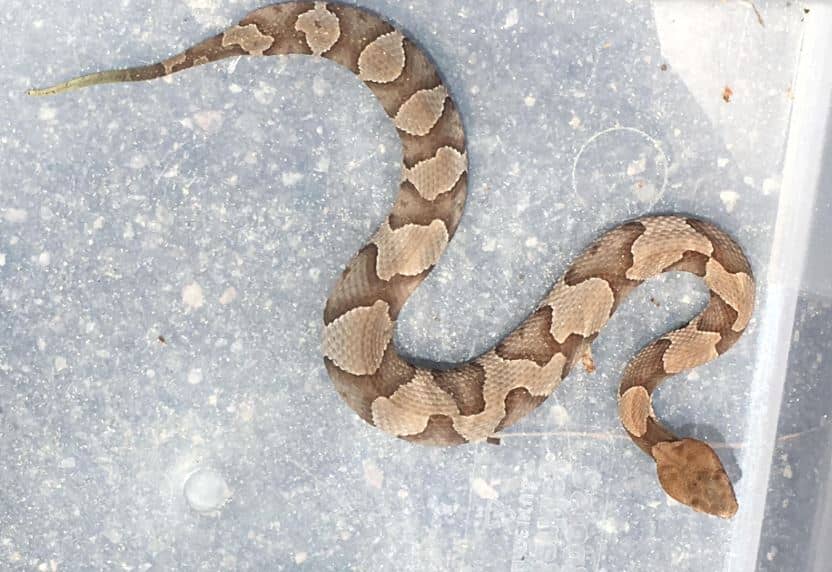



How To Identify A Baby Copperhead Snake 21 Pictures



Get To Know The Slithery Snakes Of Mecklenburg County




South Carolina Venomous Snake Guide Photo Gallery Wciv




Why You Should Let A Copperhead Live In Your Yard Debunking Snake Myths Wunc




Identifying Copperhead Snakes Home Garden Information Center




How To Identify Snakes In Sc Nc Ga
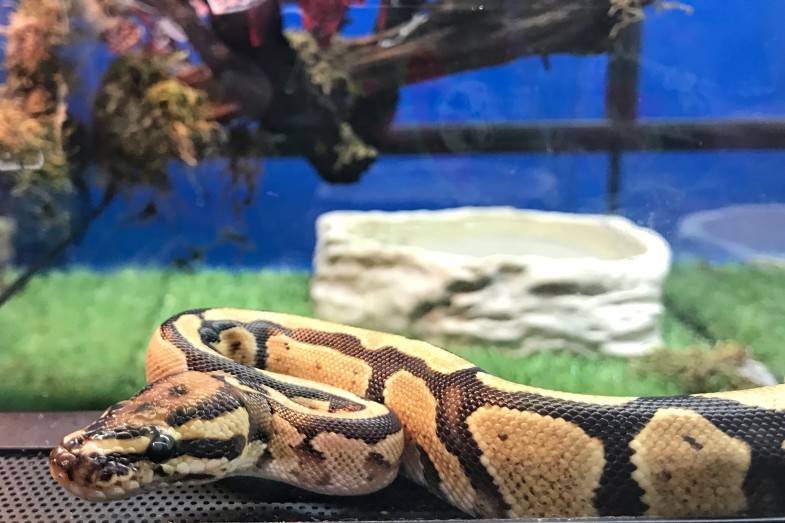



Copperheads Could They Be In Your Yard Triangle Wildlife Removal 919 661 0722 Raleigh Nc
/cloudfront-us-east-1.images.arcpublishing.com/gray/HUEJBV46RZBHVPO4TIUGVA7L5Y.jpg)



Mecklenburg County Has Had Dozens Of Venomous Snake Bites Since March Data Shows
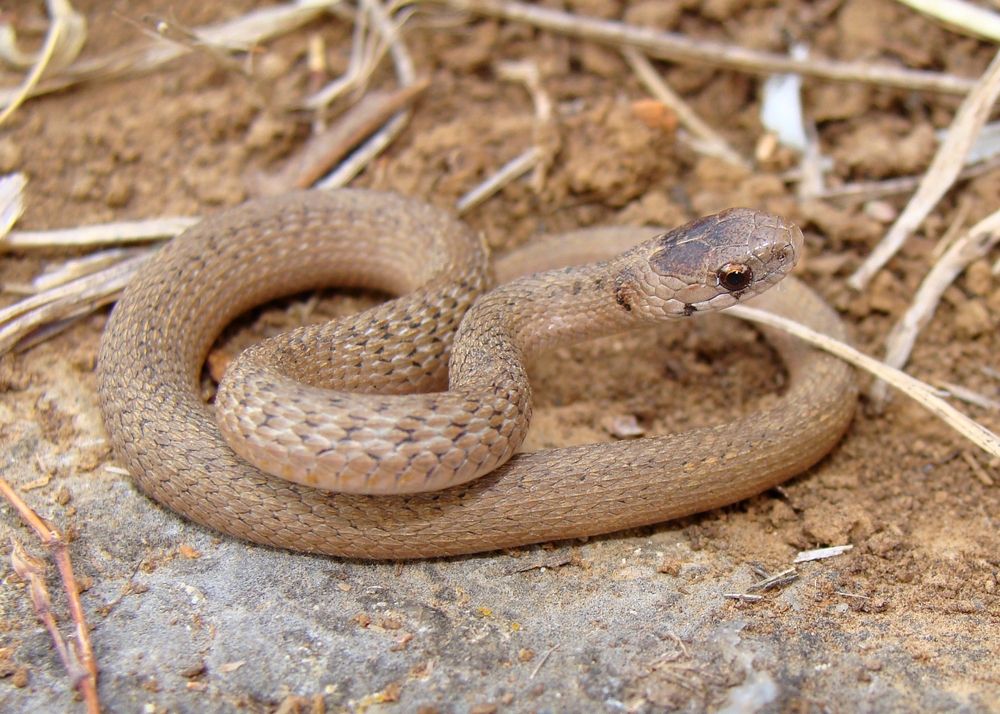



Facts About Brown Snakes Live Science
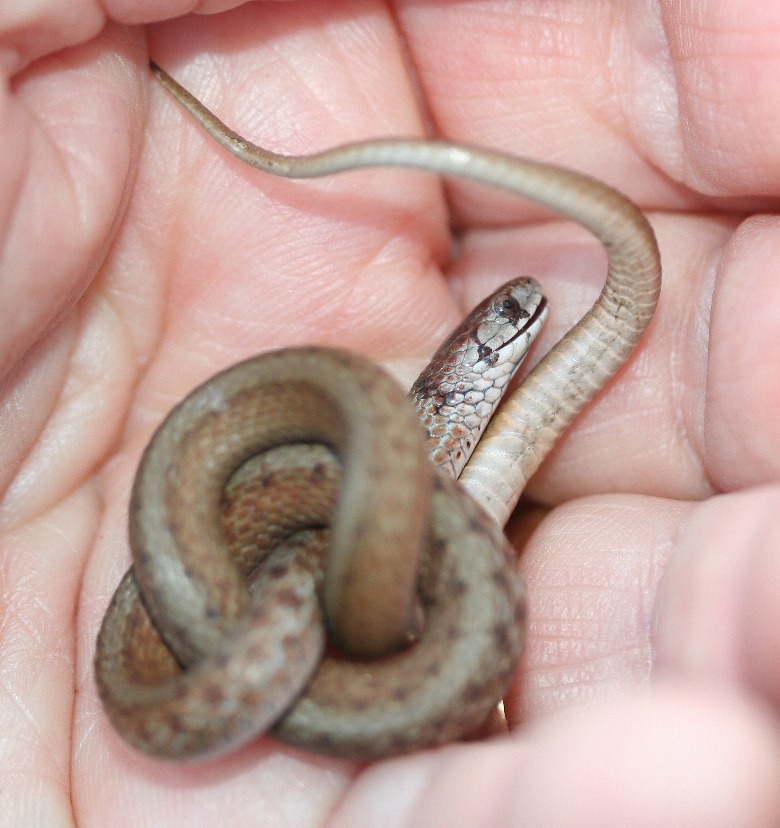



Snakes
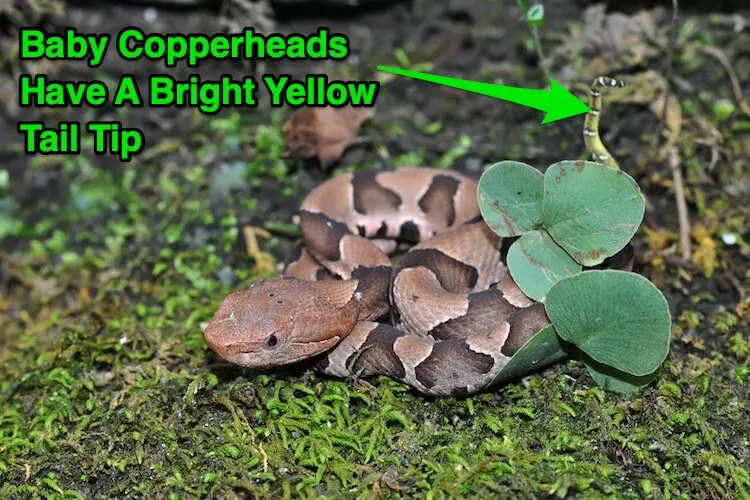



7 Ways To Identify Prevent Remove Baby Copperhead Snakes Everything Reptiles




North Carolina Snakes What You Need To Know On World Snake Day Nc State Veterinary Medicine




Snakes In Tn Watertown Transporting New House Middle School Tennessee Page 7 Baby Snakes Snake Poisonous Snakes
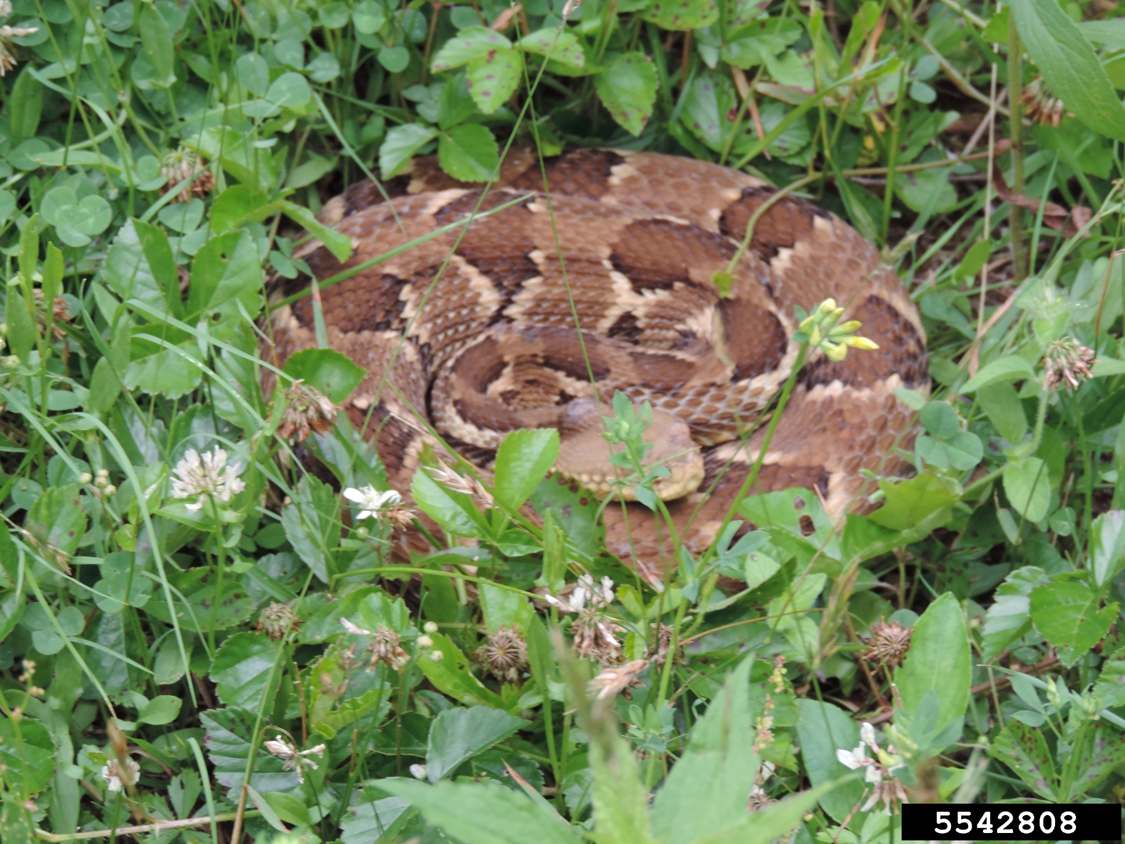



Identifying Copperhead Snakes Home Garden Information Center
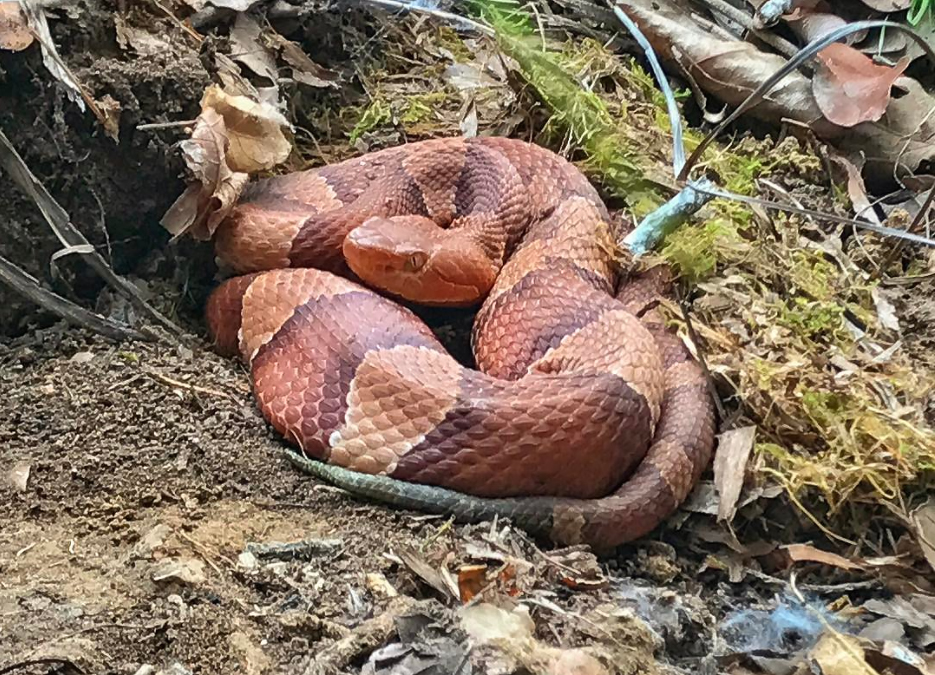



Venomous Snake Bites In Charlotte Doubled Last Year Here S How To Stay Safe Charlotte Stories




Baby Copperhead Season Has Begun In Carolinas What To Know The State
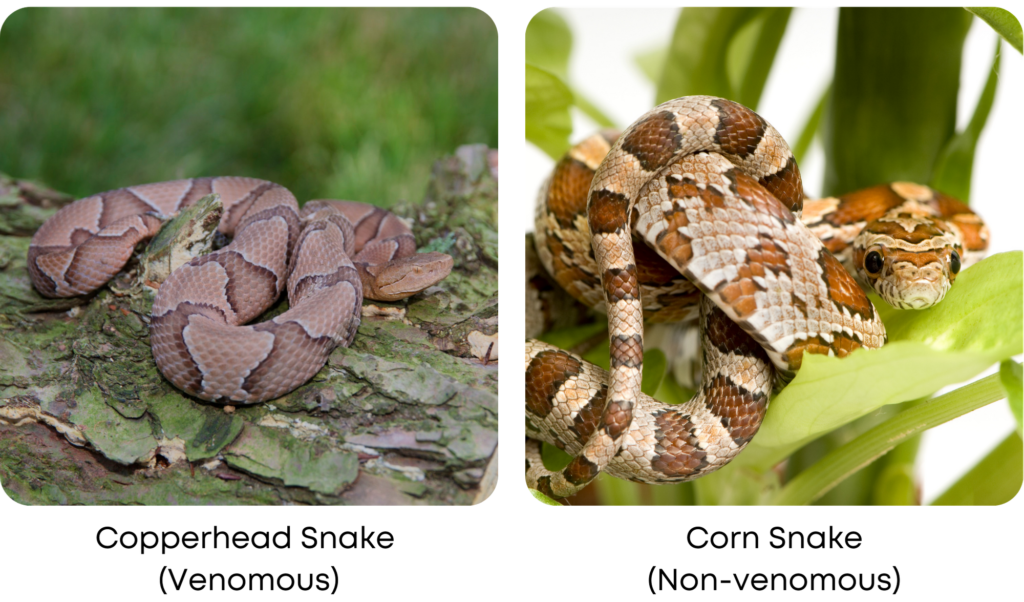



Carolina Pest What To Do When You Find A Snake In Charlotte Carolina Pest



Wildlife Officials Warn People Of Baby Copperhead Snake Season




Snakes



Get To Know The Slithery Snakes Of Mecklenburg County




Myth And Truth About Copperheads Critter Control Of The Triad
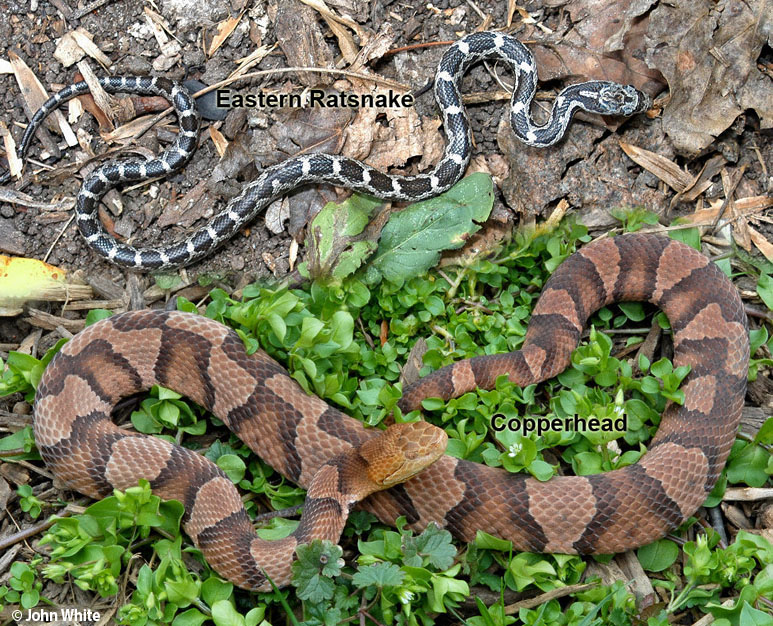



Copperheads And Similar Looking Harmless Species



When Are Baby Copperheads Born In Nc Are They More Dangerous Raleigh News Observer




Maryland Snakes Order Squamata



Files Nc Gov
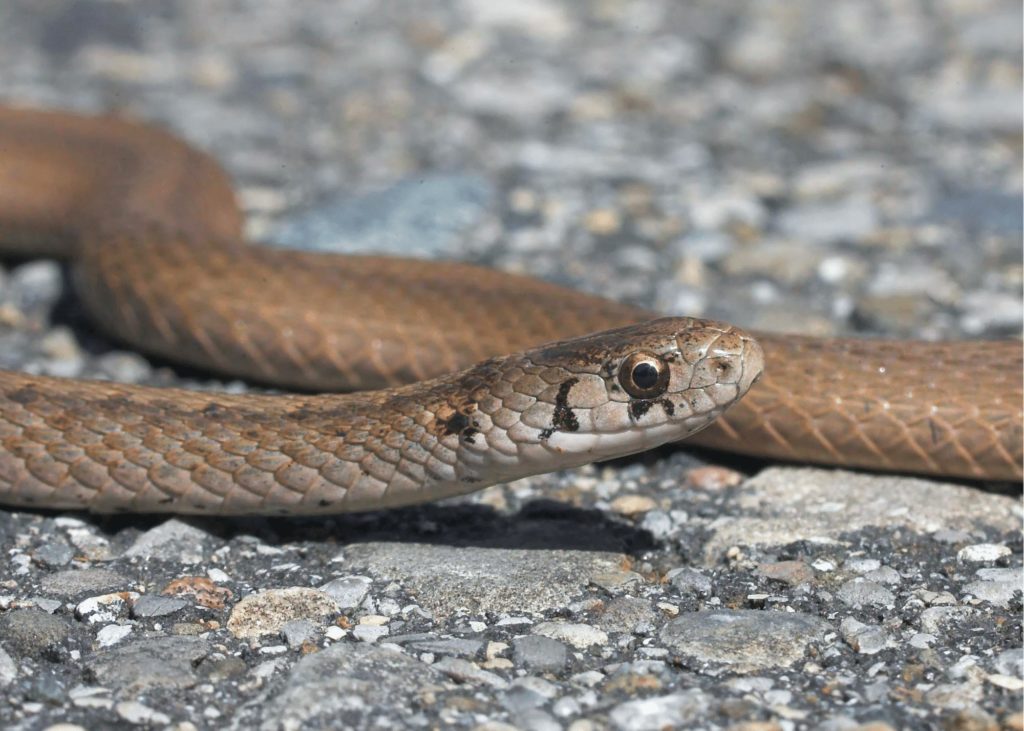



Carolina Pest What To Do When You Find A Snake In Charlotte Carolina Pest




Why You Should Let A Copperhead Live In Your Yard Debunking Snake Myths Wunc




The Six Venomous Snakes Of North Carolina How To Identify A Venomous Snake Youtube



Black Snakes V Copperheads Tips To Keep Safe Wcnc Com
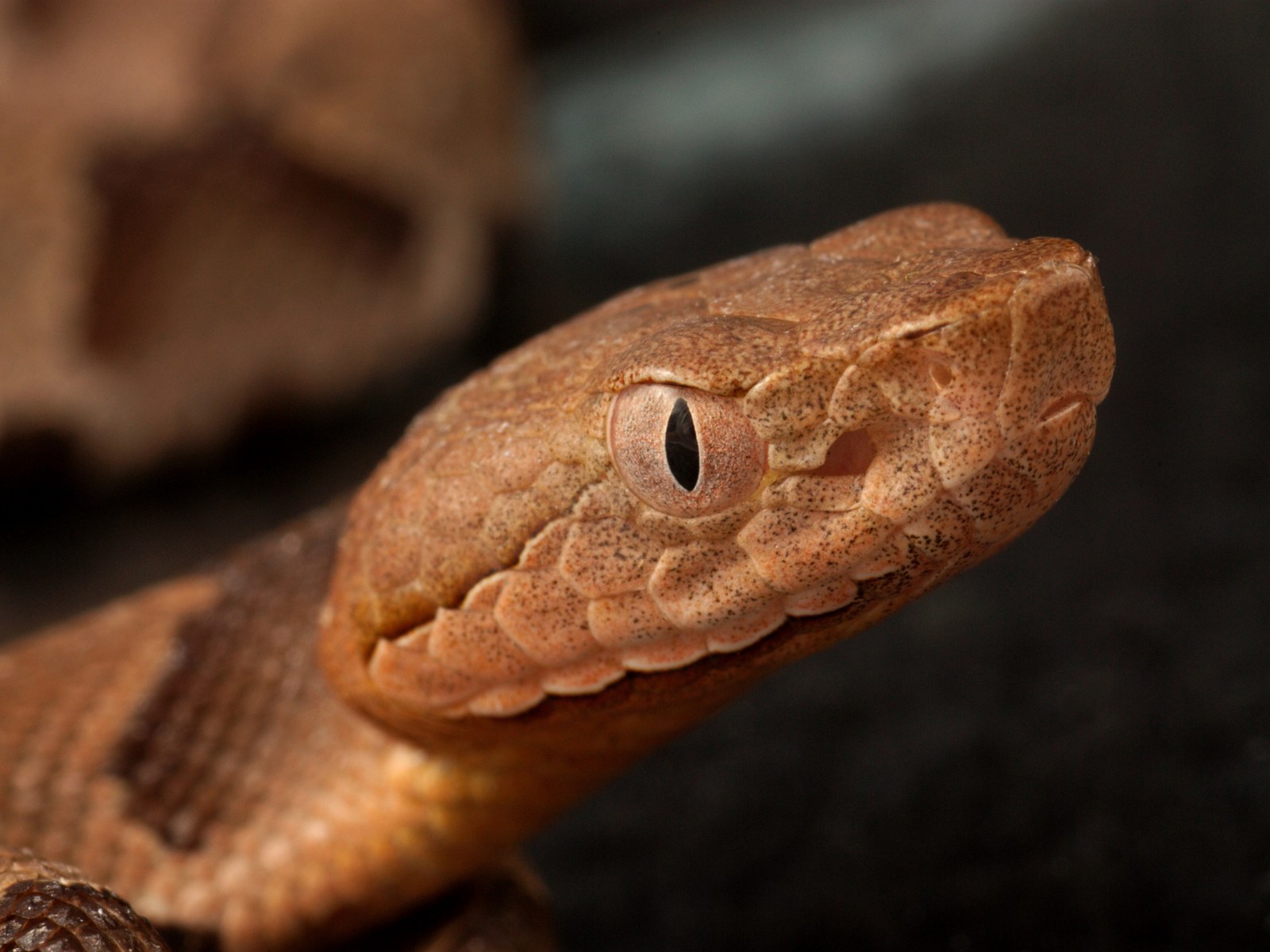



It S Baby Copperhead Snake Season Here S What You Need To Look Out For




8 Snakes That Look Like Copperheads With Pictures Wildlife Informer
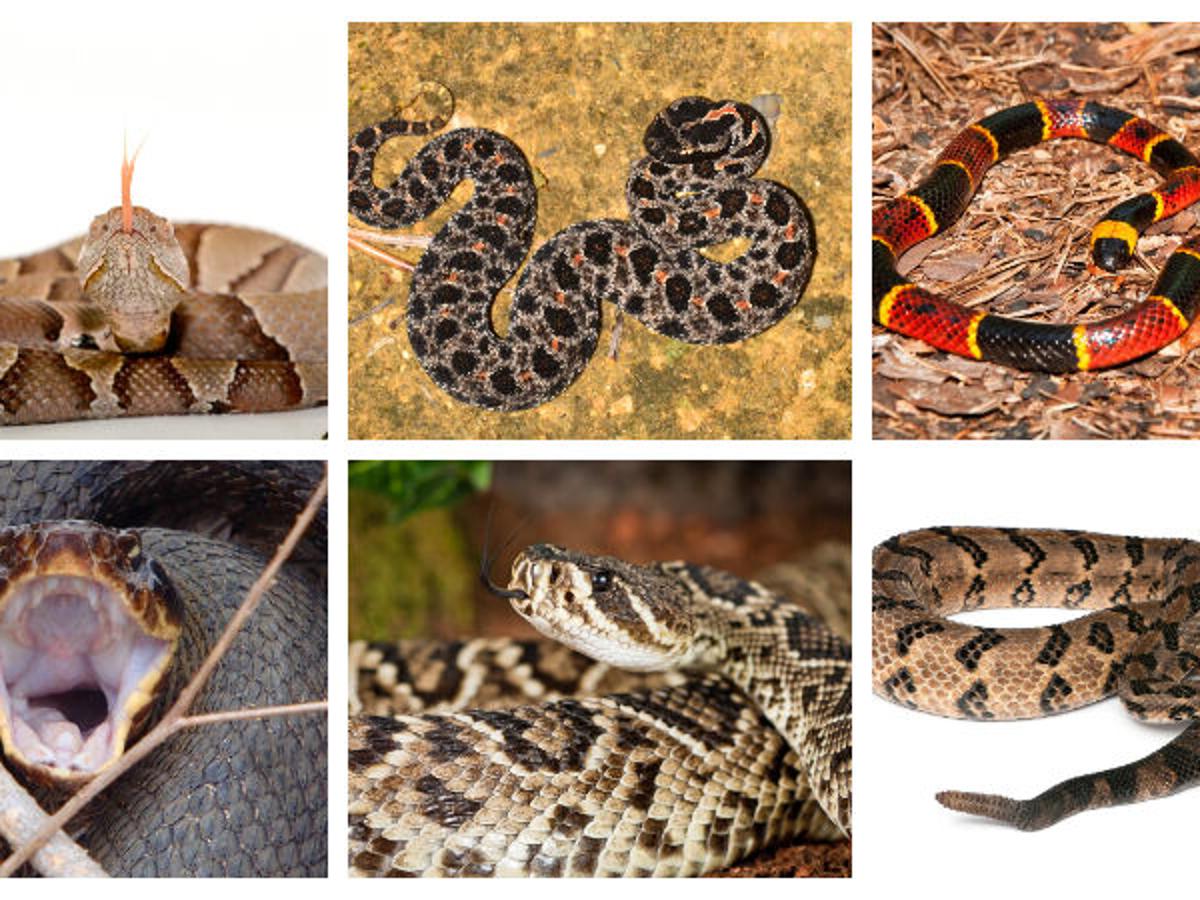



How To Spot And Correctly Identify North Carolina S Six Venomous Snakes State Regional Journalnow Com




Frequently Asked Questions




Copperhead




Baby Copperheads How To Identify Them And Get Rid Of Them
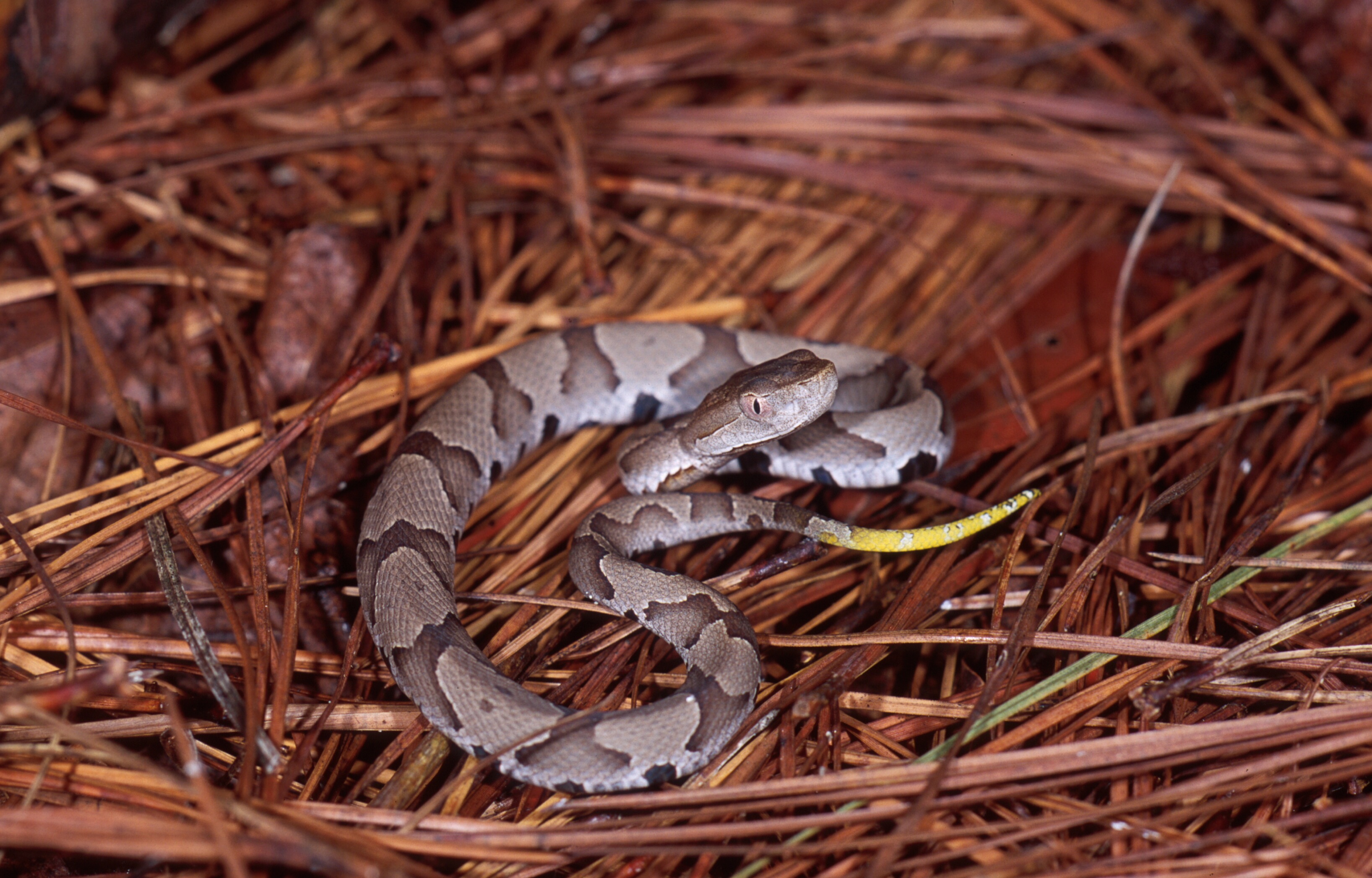



Copperhead
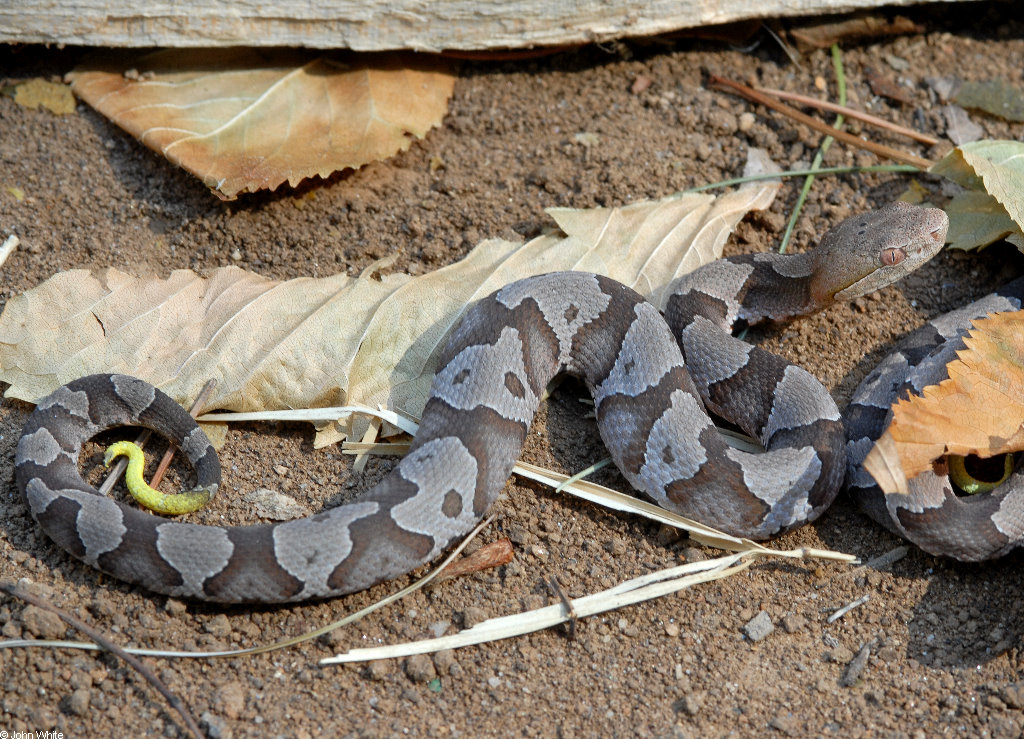



Copperheads And Similar Looking Harmless Species



How To Identify Venomous Poisonous Snakes In Nc Photos Raleigh News Observer
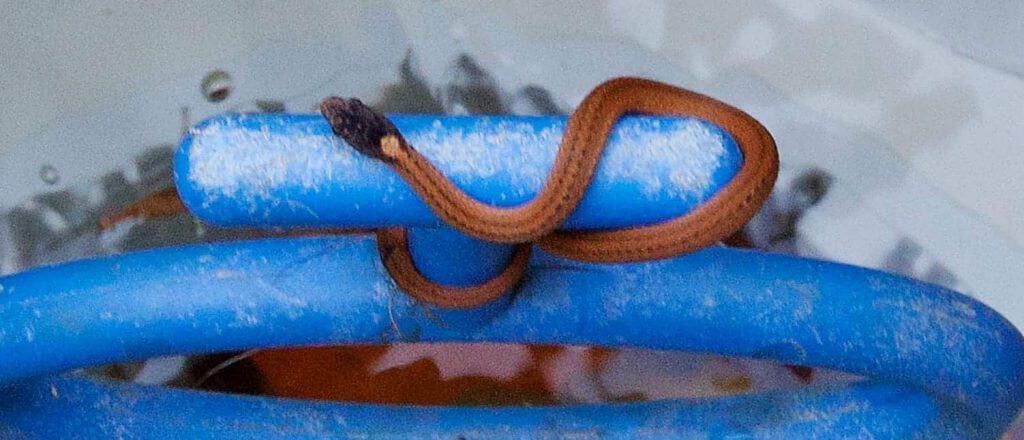



Baby Copperhead Snake Identification Guide Look For These 5 Things Embora Pets
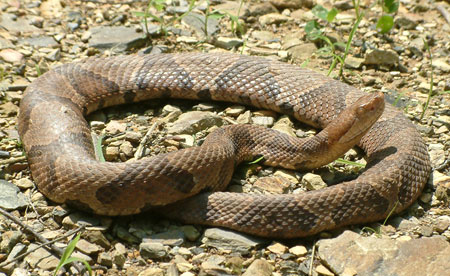



Maryland Snakes Order Squamata
/cloudfront-us-east-1.images.arcpublishing.com/gray/4QT74KTJRNETPGMKYLIVXXBZT4.jpg)



State Laws Prohibit Killing Snakes In Georgia South Carolina



Expect To Start Seeing Baby Copperhead Snakes Emerge In North Carolina Wsoc Tv
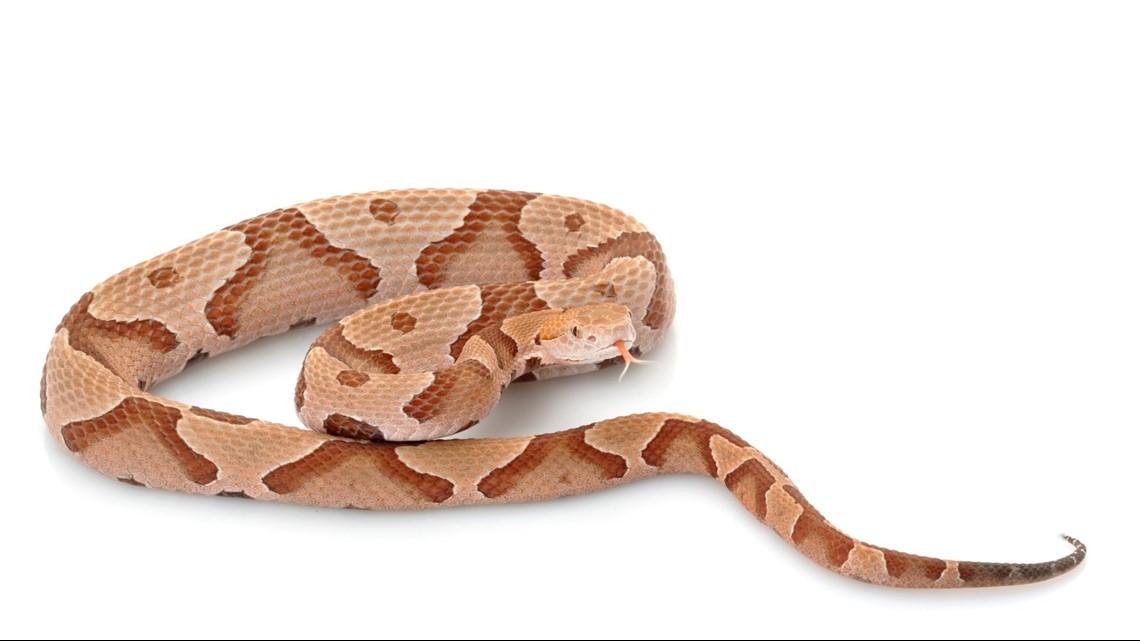



Watch Out For Baby Copperhead Snakes Wfmynews2 Com
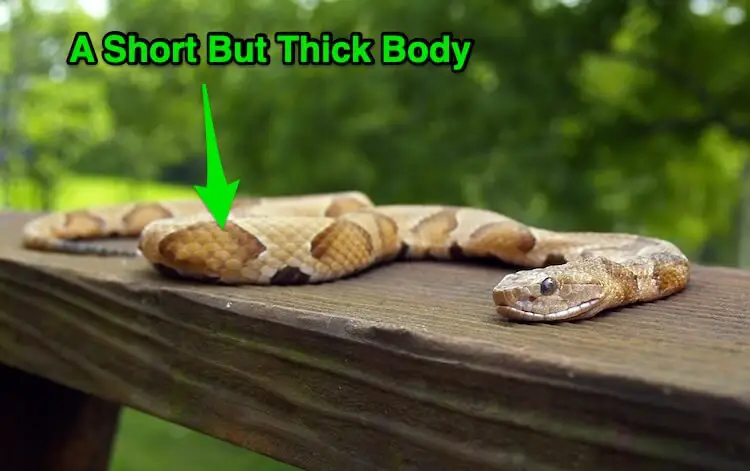



7 Ways To Identify Prevent Remove Baby Copperhead Snakes Everything Reptiles



Eastern Nc What S This Little Guy S Make Model Lol Baby Copperhead Whatsthissnake
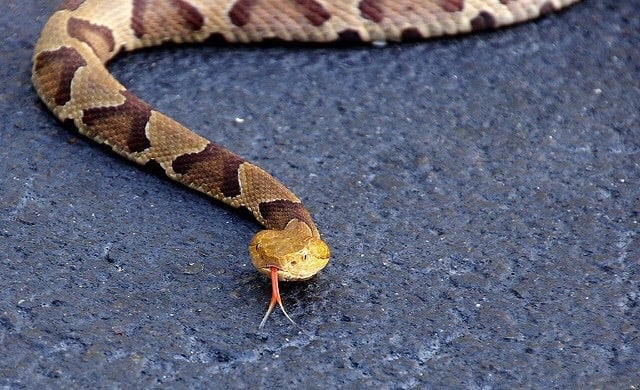



Baby Copperhead Snake Identification Guide Look For These 5 Things Embora Pets
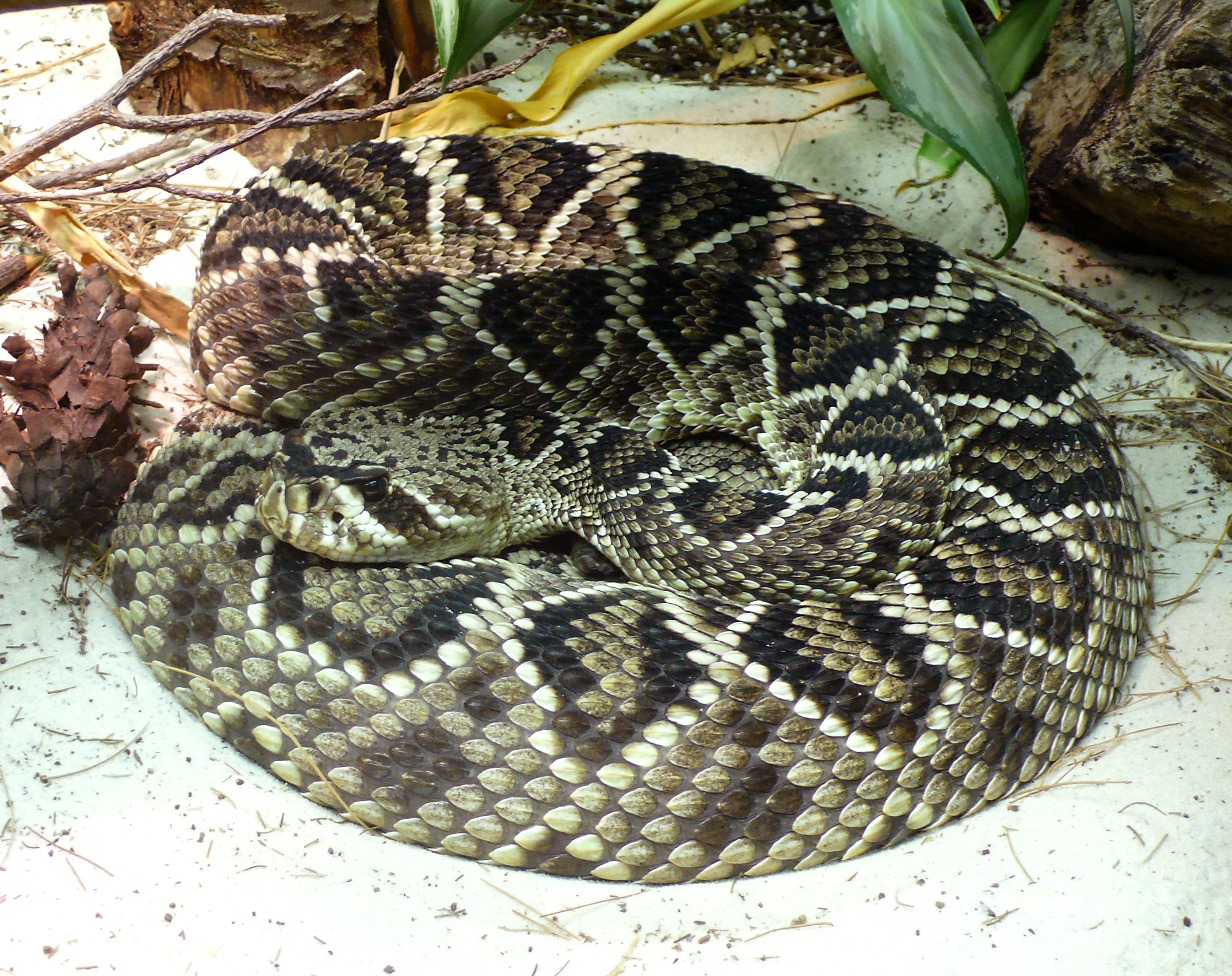



List Of Fatal Snake Bites In The United States Wikipedia



Baby
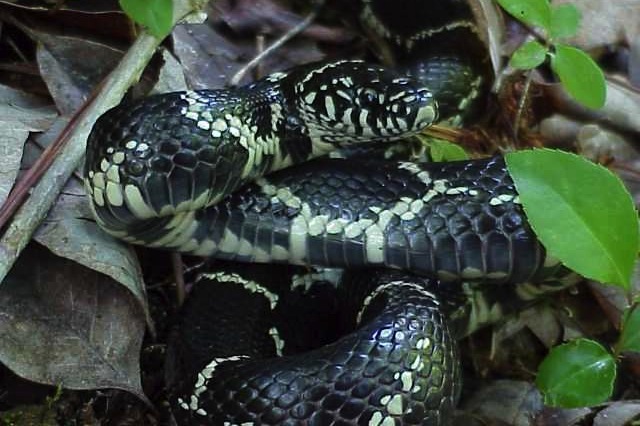



Eastern Kingsnake
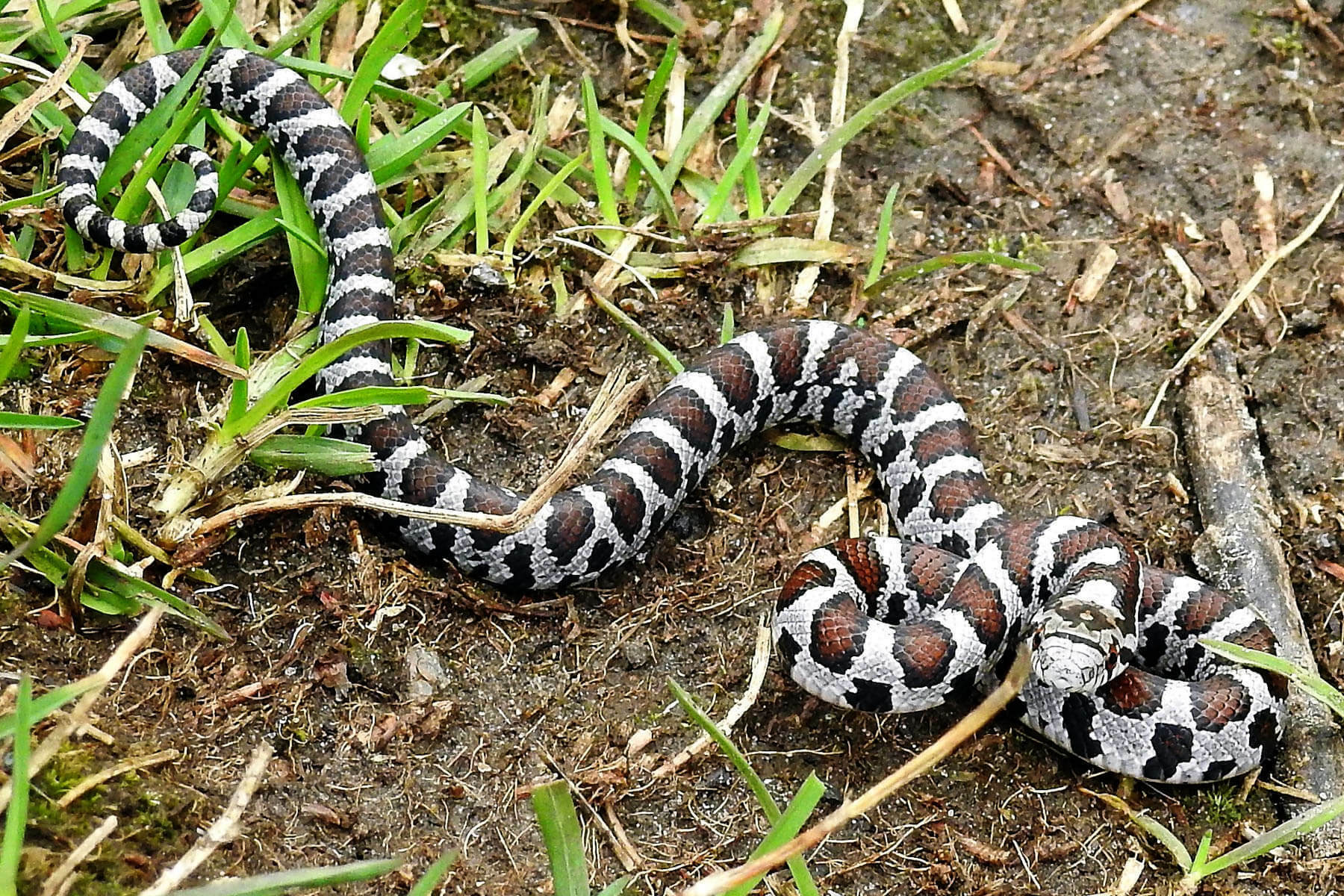



The Eastern Milksnake Isn T Venomous It Just Wants You To Think It Is Chesapeake Bay Program



Found In A Backyard In Nc In An Area Know To Have Copperheads Baby Copperhead Or Ratsnake Whatsthissnake




North Carolina Snakes What You Need To Know On World Snake Day Nc State Veterinary Medicine
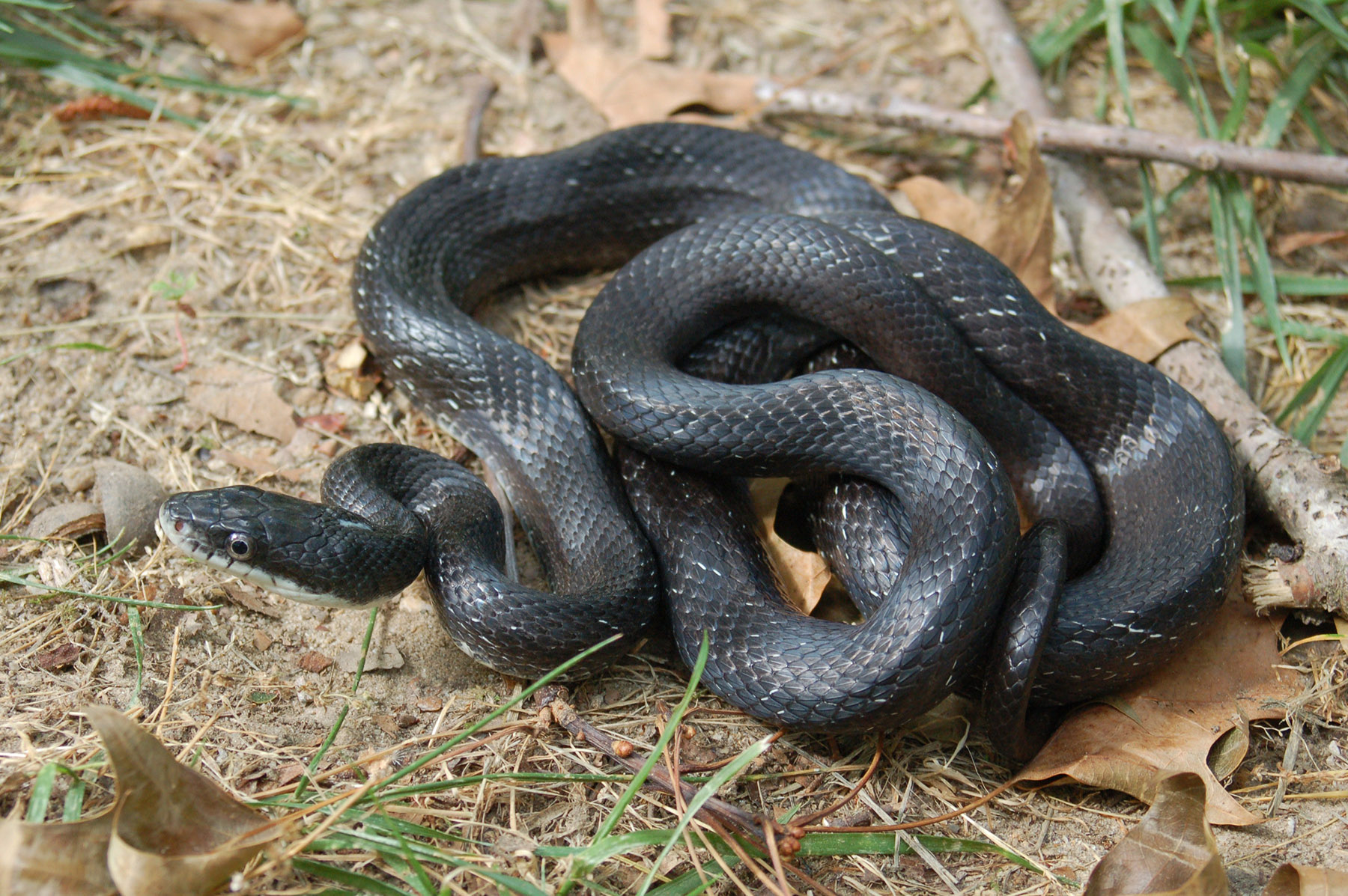



Wildlife Commission Offers Advice When Seeing A Snake Outdoors



0 件のコメント:
コメントを投稿